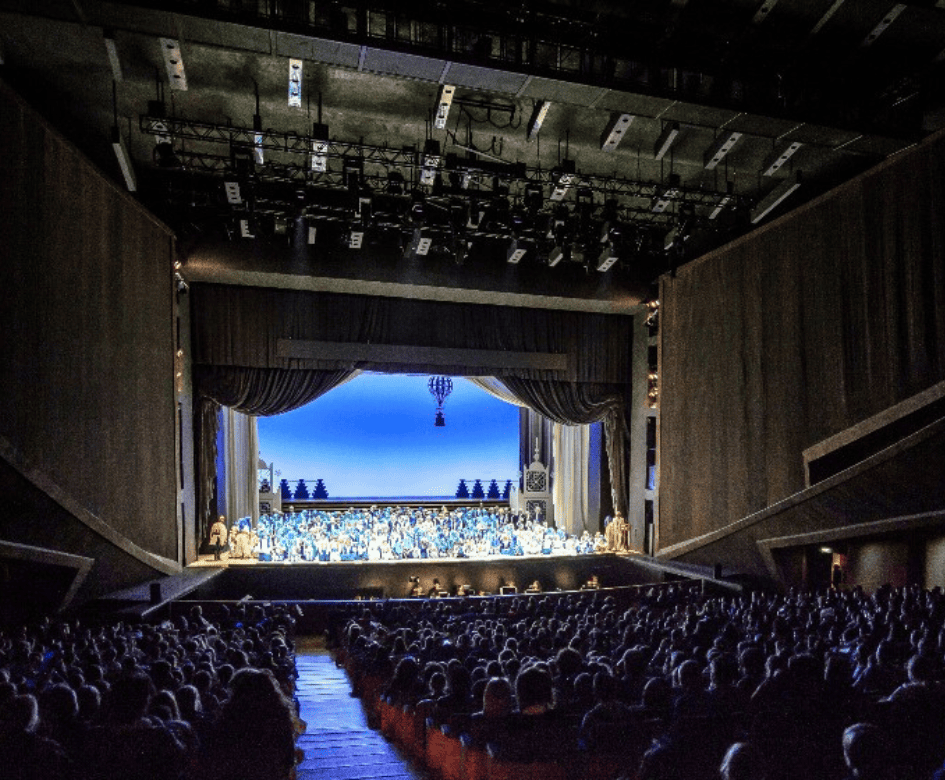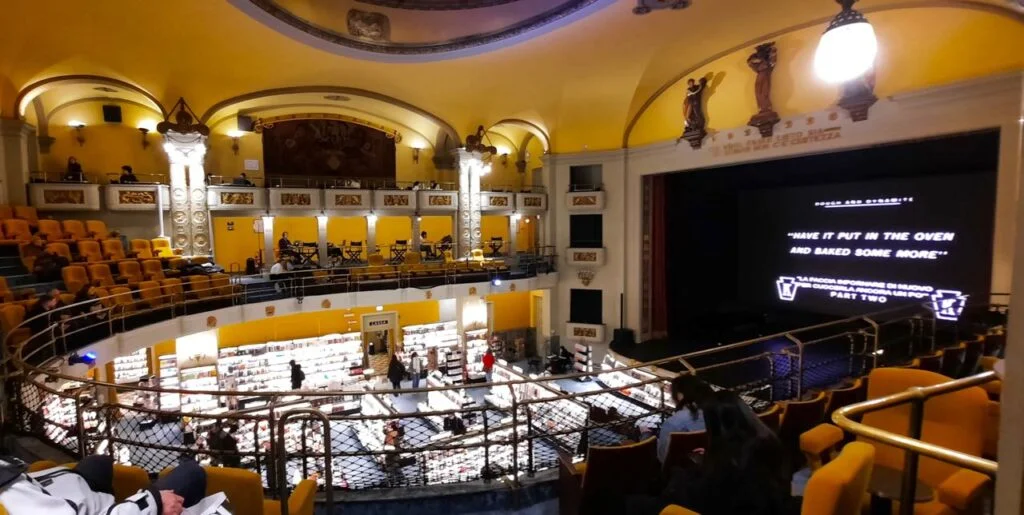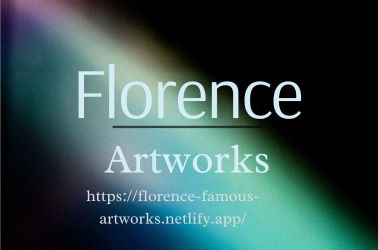Michelangelo's Secret Sketches under Church in Florence Open to Public.

In 1975, Paolo Dal Poggetto, director of Florence’s Medici Chapels Museum, stumbled upon a trapdoor while looking to create a new exit for visitors. Concealed under a wardrobe, the trapdoor led to a forgotten room that had been used to store coal until it was sealed in 1955. Dal Poggetto suspected there was more to the room and had the plaster walls removed, unveiling a remarkable sight: the walls were adorned with numerous charcoal and chalk drawings. Dal Poggetto believed these works were created by Michelangelo, who supposedly sketched them while evading a death sentence in 1530. Despite the director's discovery nearly five decades ago, scholars have since been debating the authenticity of the drawings. Now, the public will have the chance to see the drawings for themselves. Beginning on November 15, the Medici Chapels will permit small groups to visit the room, which is approximately 33 feet by 10 feet in size. Only four visitors at a time will be allowed to descend the narrow stairway into the LED-lit room and spend 15 minutes inside, with a weekly limit of 100 visitors. The room will be kept dark in between visits to safeguard the drawings from light exposure. According to Paola D'Agostino, the director of the Bargello Museums, entering the room leaves one speechless. As your eyes adjust to the dim lighting, you begin to notice the various drawings and layers within the room. The drawings include nudes, faces, and studies of different body parts. One particular nude near the entrance depicts a profiled face, which experts believe resembles Michelangelo's Resurrection of Christ. Another sketch of legs bears a resemblance to a sculpture on a tomb in the chapel, also attributed to the artist. Some experts even suggest that other drawings show similarities to a figure in The Fall of Phaeton or the arm of Michelangelo's renowned David statue. If these sketches are indeed Michelangelo's, it would mean that he created them during a two-month period of hiding in 1530. This period of seclusion occurred after the Medici family, his former patrons, returned to Florence. Prior to their return, Michelangelo had participated in a popular revolt that led to the family's exile and the temporary establishment of a republican government. When the Medicis regained power, Pope Clement VII, a member of the family, initially ordered the artist's execution. However, the order was eventually lifted to allow Michelangelo to continue his work on the Sistine Chapel and the Medici family tomb. While some scholars doubt that the renowned artist would have sought refuge in such a humble hideout, many still suspect that at least some of the sketches are indeed Michelangelo's. Francesca De Luca, the current director of the Medici Chapels Museum, highlights the speed and confidence displayed in the sketches, suggesting the hand of a master.



